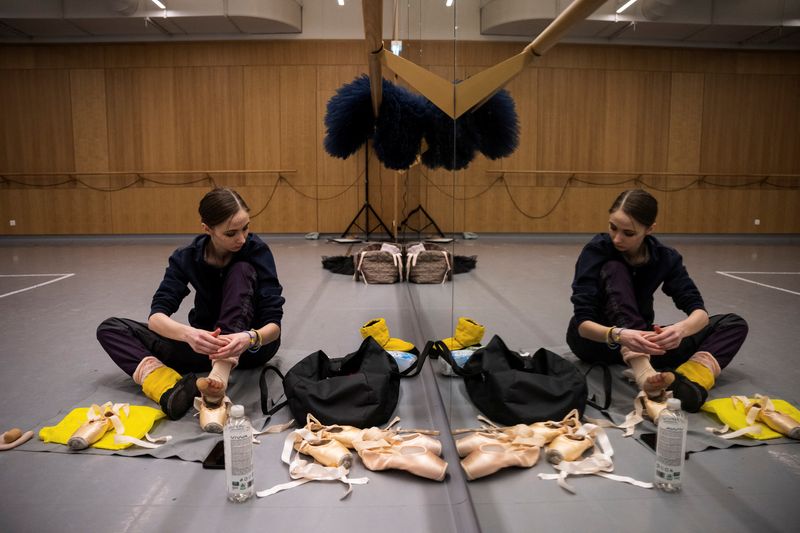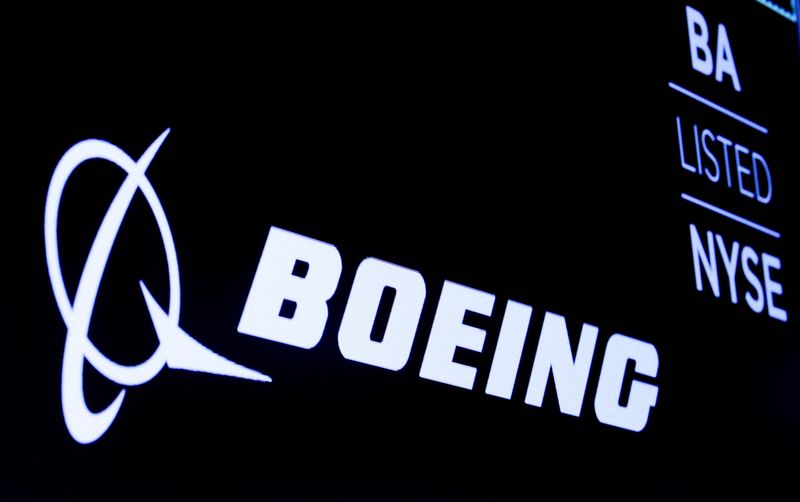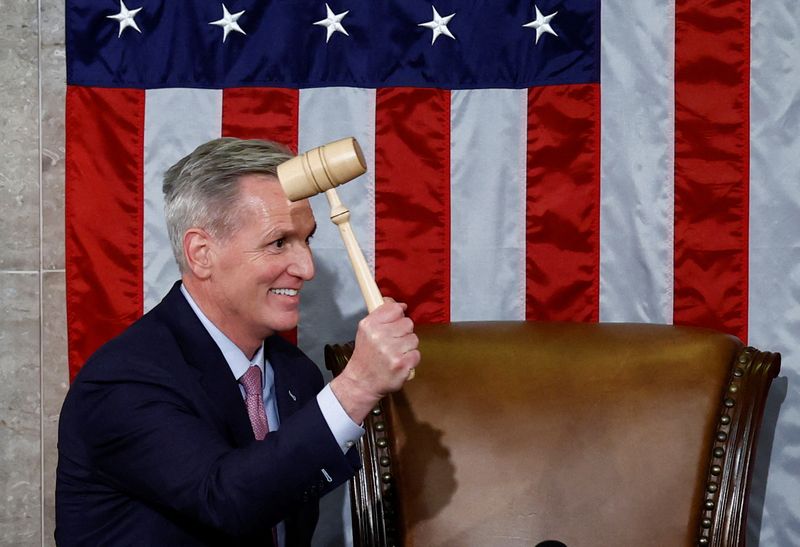By Humphrey Malalo and Ayenat Mersie
NAIROBI (Reuters) -Kenyan police tear gassed the leader of the opposition on Monday and arrested senior lawmakers in his parliamentary faction, as protesters took to the streets to march against President William Ruto and the high cost of living.
The convoy of Raila Odinga, who was defeated by Ruto last year in his fifth straight election as the runner up, was repeatedly sprayed with tear gas as he addressed supporters from the sunroof of his car.
Odinga has called for nationwide protests as he attempts to harness dissatisfaction with the president. At least four members of parliament were arrested during protests in Nairobi, including the minority leaders of the National Assembly and Senate, Odinga’s spokesman, Dennis Onyango, said.
Police officers in riot gear fired tear gas at hundreds of rock-throwing protesters in the capital Nairobi’s vast Kibera slum, who chanted: “Ruto must go.”
“We are suffering and tired of this Ruto regime. We’ve had enough,” said one protester, who asked not to be identified, as tear gas swirled around her.
Ad: Save every day with Amazon Deals: Check out today's daily deals on Amazon.
The discontented include some of those who voted for Ruto and feel he has not delivered on pledges to help the country’s forgotten “hustlers”, or working-class Kenyans.
Police used tear gas and a water cannon to prevent Odinga’s convoy from driving towards the president’s State House residence to deliver a petition.
The convoy then sped through the streets of the capital attempting to dodge police roadblocks, before Odinga emerged from the sunroof to address a crowd of supporters. Tear gas engulfed the vehicle as he spoke, calling for protests every Monday until the cost of living comes down.
In the western city of Kisumu, an Odinga stronghold, police also fired barrages of tear gas in the direction of protesters who had started fires in the road, footage on Citizen TV showed.
Nairobi police chief Adamson Bungei said he would have details about arrests in the capital later in the day.
Despite Ruto’s promises to bring down living costs since taking power in September, inflation has remained high in East Africa’s economic powerhouse, rising to 9.2% in February.
Ruto has said his government is laying the foundations of a healthier economy, including by cutting reliance on borrowing.
Odinga has cast the demonstration as an opportunity to protest against the August vote, which he says was tainted by fraud.
He challenged the results in the Supreme Court last year, but the court affirmed Ruto’s win, and there was little of the violence that marred elections Odinga also disputed in 2007 and 2017.
(Reporting by Ayenat Mersie, Humphrey Malalo and Thomas Mukoya; Writing by Elias Biryabarema; Editing by Hereward Holland and Peter Graff)























































